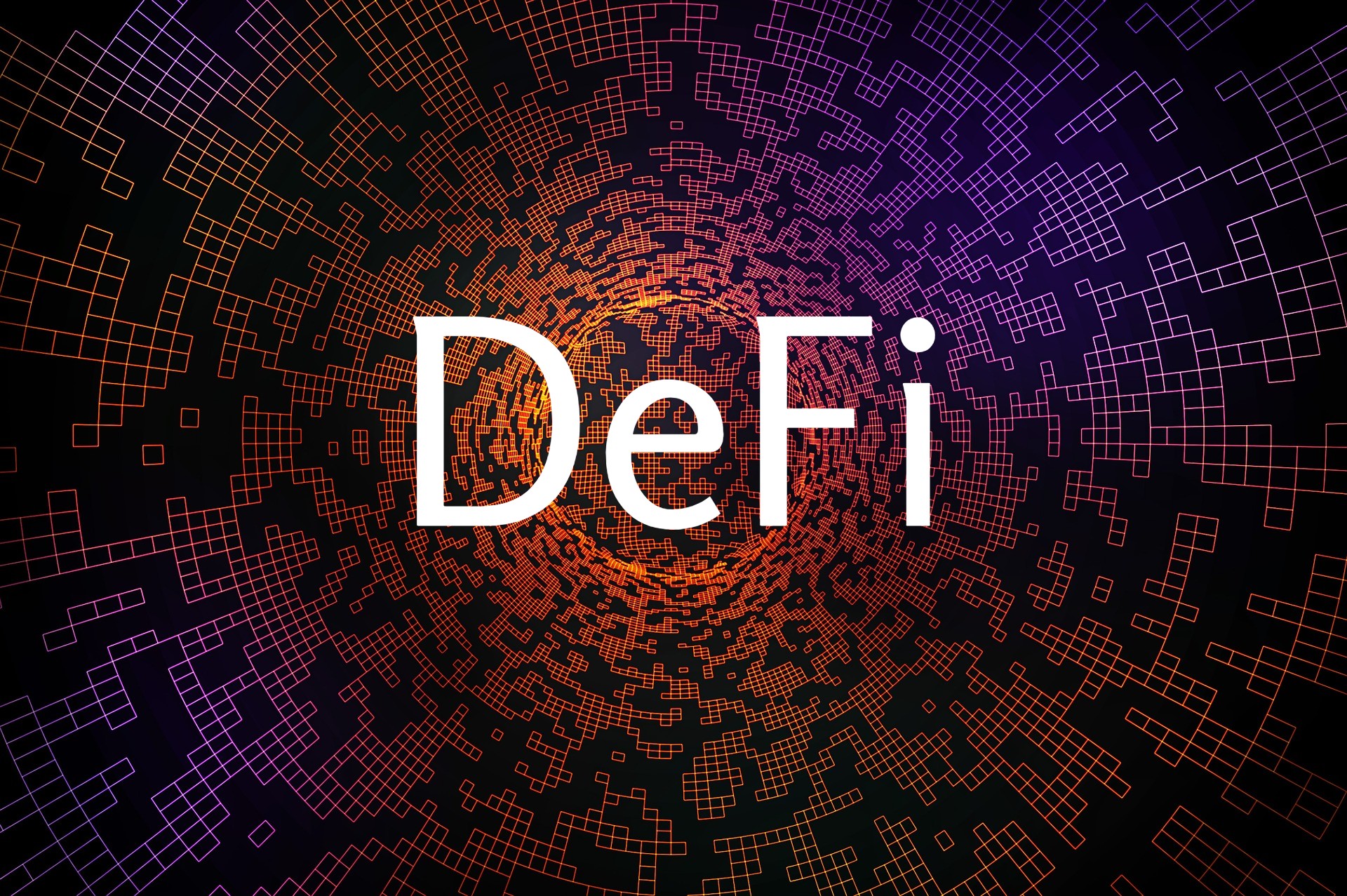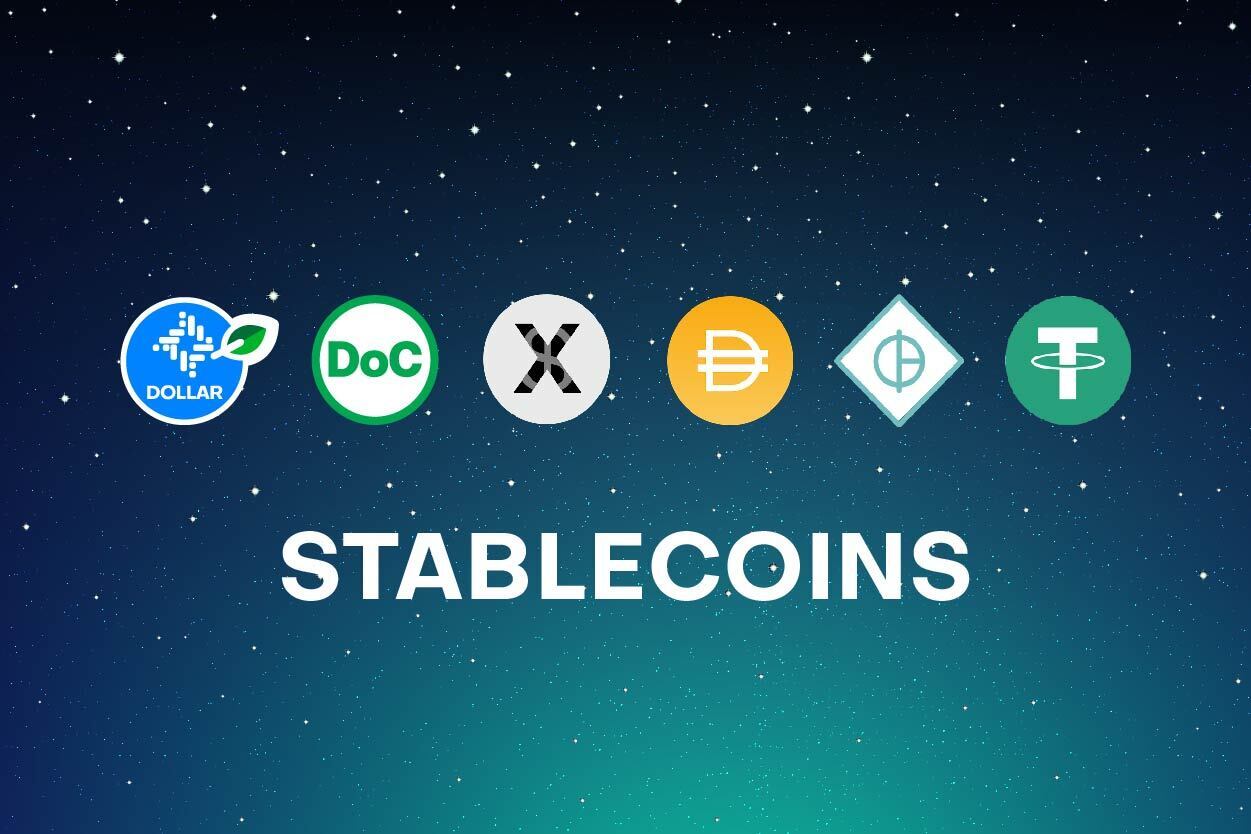Even though Bitcoin is still the most popular cryptocurrency, its value can be seen by its price or exchange rate. For instance, Bitcoin went from costing just under $5,000 in March 2020 to more than $63,000 in April 2021.
After that, it went down by about 50% over the next two months. In just a few hours, the value of a cryptocurrency can often change by more than 10%. Because of this, changes can happen all over the place during the day. This method gives investing in the bitcoin cryptocurrency at immediate-edge.live simple because there isn’t much formality involved in the buying process.
This volatility can be very profitable for traders, but it can also turn everyday transactions, like buying and selling, into high-stakes gambling for both parties. People who keep cryptocurrencies hoping their value will go up over time don’t want to be known for buying two pizzas for 10,000 Bitcoins. In the meantime, most business owners don’t want to be in a situation where they have to take a loss because cryptocurrency’s value went down after being paid for it.
People who use a currency that isn’t legal tender but is still used as a means of exchange need to know that it will still be worth the same amount of money shortly. One of the most important things to know about centralization is that there are many different stablecoins. In other words, the government could make a big part of the decentralized financial industry illegal with the stroke of a pen.
The Federal Reserve’s Most Recent Statements
On the other hand, Barr talked about some dangers of cryptocurrencies, whose value is tied to the dollar. Barr is saying that the people who make stablecoins might not know who buys their tokenized dollars. This part of Barr’s case against DeFi might be the most interesting.
Also, the bank wouldn’t know if its token was being used for something terrible or dangerous.
Due to these unanswered questions, financial institutions that want to try out these new technologies should do so in a controlled and limited way. I think it’s essential for banks to talk to their regulators about the pros and cons of the new things they try as soon as possible and often. This will ensure that the new use cases are the same as the legal, safe, and allowed bank activities.
Read More: Australia Confirms Crypto Transactions Will Be Subject To Capital Gains Tax
What would happen to DeFi?

The US government will not make stricter the Know Your Customer (KYC) and Anti-Money Laundering (AML) rules for stablecoins. Still, this step could be taken soon since several MPs have been pushing for the regulation of stablecoins for the past year.
If stablecoins were regulated more strictly, it would change how the DeFi ecosystem works. This makes things easier to use and may also give the user more privacy. But people who use stablecoins won’t get these benefits if they have to give their real names.
You would have to think about both of these things. When that happens, it might make sense for many DeFi users to go back to the old way of doing things, which was to do everything in one place.
In this case, the DeFi network is likely to split in two, with some protocols becoming harder to block and others becoming easier to use. On the other hand, “DeFi” has been given permission and is not needed by anyone.
Ardoino didn’t talk directly about DeFi when he talked about how stricter rules for stablecoins might affect DeFi. Instead, he talked about how the economy could grow with more precise rules.
“Stablecoin regulations would give big businesses, banks, and fintech companies the clarity they need to get into the cryptocurrency market,” said Ardoino. Since we told the world about stablecoins for the first time in 2014, we are very happy that regulators are now talking about how to control them. This demonstrates how helpful they are. Stablecoins and digital currencies are essential parts of economic freedom, so they will be around for a long time.
